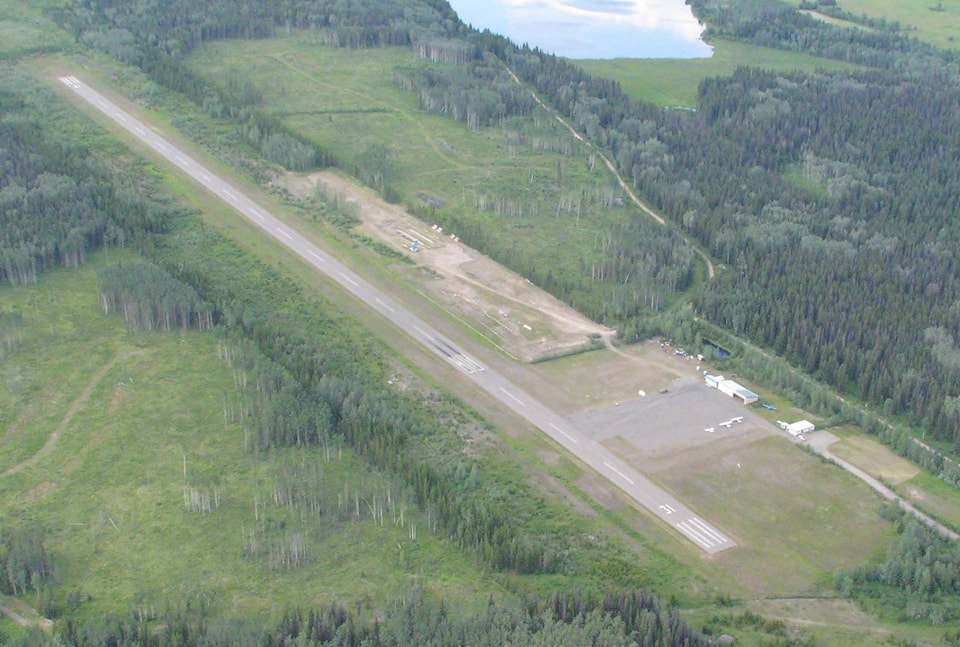The District of Houston is considering several options regarding the future of the Houston airport, including decommissioning it.
While the airport, located approximately 12 km west of Houston, is currently used for general aviation purposes, it is not maintained to a standard to accept large planes and commercial airlines, said Gerald Pinchbeck, Houston’s chief administrative officer.
The airport’s asphalt surface is expected to significantly deteriorate after 2020 without major repairs, he said.
“At this time, staff are continuing to investigate the consequences of decommissioning the airport as one of several options council could consider,” said Pinchbeck.
According to the district’s strategic plan, repairing the airport is also an option.
But Darrin Supèr, president of the Houston and District Chamber of Commerce, said it’s not clear if repairing the airport would have any significant impact on the local business community.
“The airport is situated about 10 km out of town with no shuttle service in place. If the airport was to reopen, it would not be large enough to accommodate passenger flights, and would probably be limited to smaller aircraft,” said Supèr.
While the exact scope of who would benefit if the district chooses to repair the airport is yet to be determined, Pinchbeck said he believes the main beneficiaries would be recreational aviators who currently use it.
Currently, due to its low aviation usage, the airport is also used as a community events space for motorized sports such as Drag Races and Mud Bogs.
A 2017 report, prepared through the use of $10,000 from the B.C. Rural Dividend Fund, identified what upgrades and repairs would be needed to expand airport operations and how the airport could be used an economic asset for the district.
According to the report, approximately $4.2 million would be needed in runway, taxiway and airfield lighting upgrades to improve the airport’s service capabilities. Of this, Pinchbeck said $1.2 million would be “deemed essential” for runway and taxiway asphalt overlay work.
But given the amount of time that has passed since the report was issued, Pinchbeck said the district can no longer rely on those estimates.
A new report detailing the options available and their estimated costs is expected to be presented to council in the fall, said Pinchbeck.
The airport, which has a 3,999-ft by 75-ft runway, became operational in 1982, according to the district’s website. Pavement was added in 1988.
